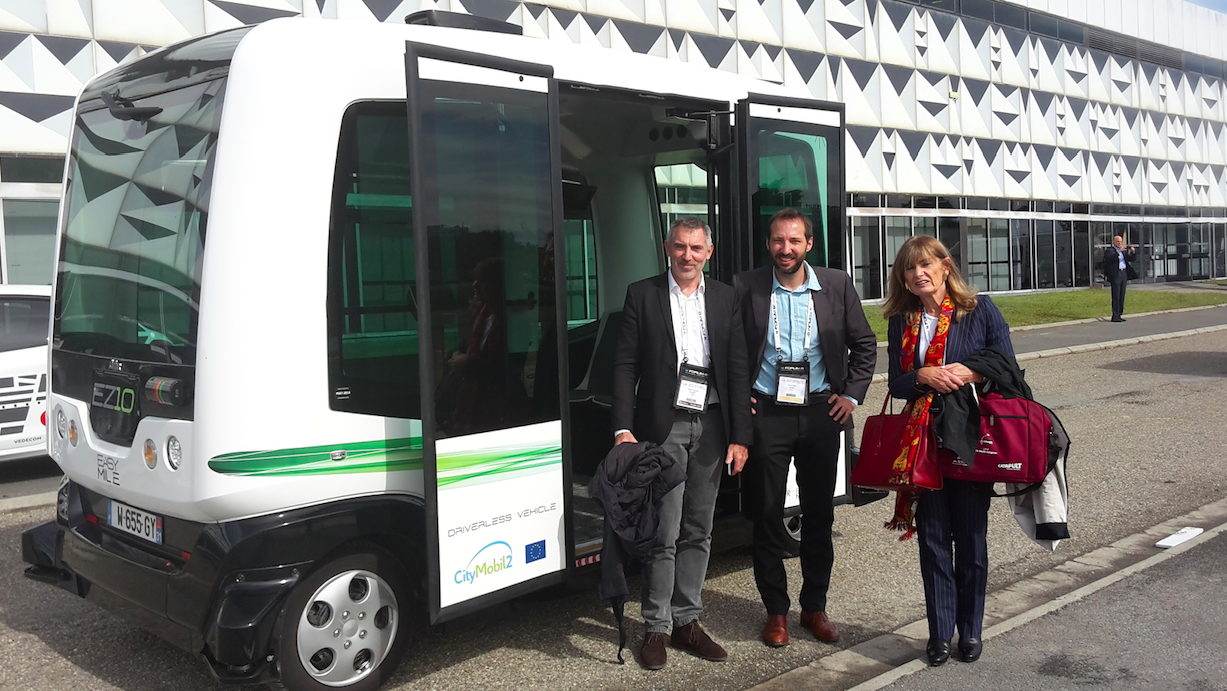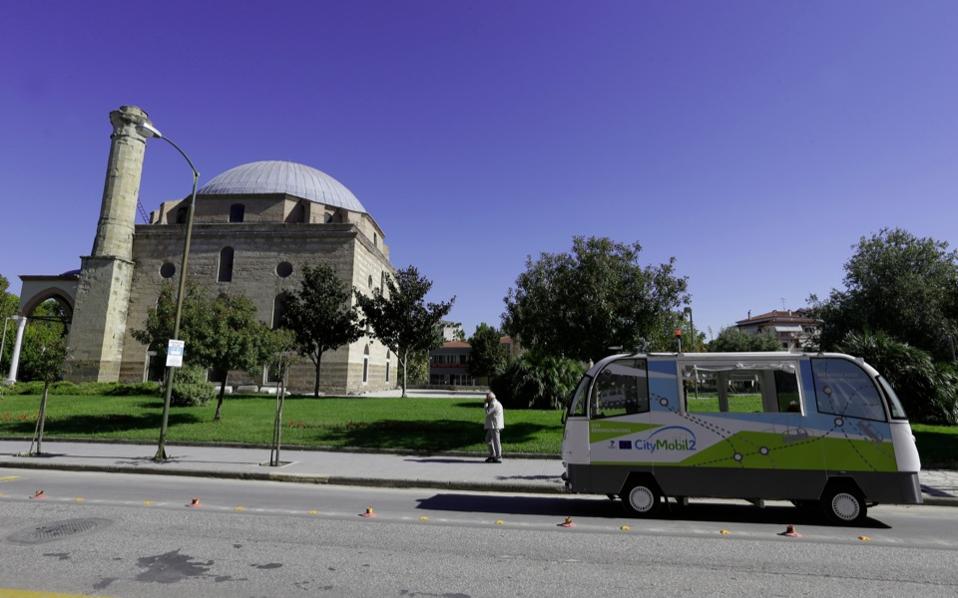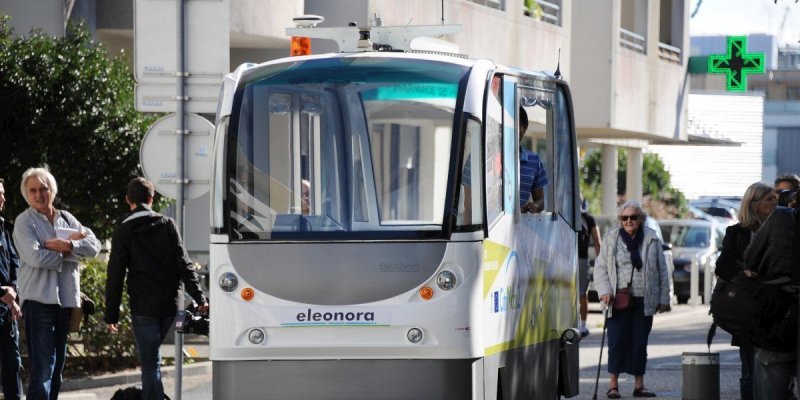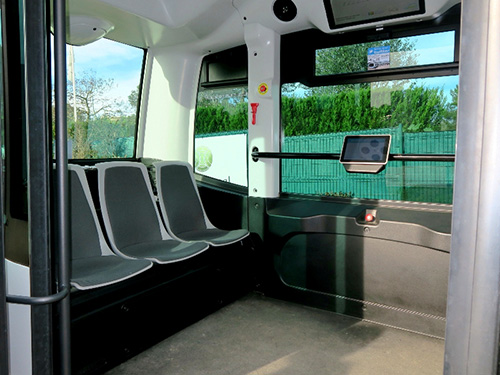
In the world, researchers in the field of unmanned driving are basically divided into two camps by default. One is the research projects led by companies such as Google, an IT company, and the other is the gradual innovation of traditional OEMs. In fact, there is a third type of explorer in the unmanned area in addition to the anti-corruption pattern of the Chamber: the European “National Team†project, Citymobil.
The so-called Citymobil's driverless project was dubbed the "national team" because its organization system was very special. It was not dominated by IT companies or OEMs such as Google. Instead, it was funded by the European Union (EU). Assistance was jointly promoted by 45 groups, including local governments, universities and companies in Europe.

The first phase of Citymobil's earliest start-up project in 2006, the current implementation of "Citymobil 2" lasts from 2012 to 2016, and the experimental vehicle is the "EZ10" manufactured by the French company Easymile, already in Lausanne, Switzerland, and La Rochelle, France. Five cities completed the verification experiment and tens of thousands of passengers have been transported to date.
The EZ10 is a box-type pure electric vehicle that looks exactly like a bus. There is no control device inside. Like most unmanned car configurations, the EZ10 senses positions and obstacles through sensors such as GPS, cameras, radars, etc. It is necessary to set GPS routes before operation. .
19429636e.jpg" alt="" />
Fully loaded with 12 people, 6 of them have seats, 6 people stand, the cruising speed is 20km/h, and the maximum speed can reach 40km/h. Although the speed sounds a bit anxious, it is enough to complete a short trip. It is equipped with a lithium-ion battery and has a capacity of 15 kWh. It can be charged at home in the evening and fully charged for one day.
At present, EZ10 is conducting an experiment in Sophia Antipolis of southern France. Two passengers are used in the early morning, noon and evening in the more passengers. One is used at other times, and the experimental vehicle has five stations and a length of 1 km. Go back and forth on the route. Next, EZ10 will be widely used in the French mainland. Through the mobile phone APP, it can easily check the current bus location and call for parking.

According to the experience of the local media, we learned that the EZ10 experimental vehicle has a smooth acceleration and deceleration and a smooth steering (20km/h is not smooth at all). The slope of the wheelchair demonstrated on the way is also very smooth. Passengers only need to press the parking lot. Press the down button and the ramp will protrude from under the floor. At the end of the journey, the EZ10 will automatically go to another place after the passenger gets off.
Most countries in Europe do not allow self-driving cars to go on the road without a driver. Therefore, the operator needs to be set on the vehicle. To achieve full automatic driving, several difficulties must be overcome. However, from the vehicle design and experimental content, it can be seen that the EZ10 is closer to buses than Google and auto manufacturers' self-driving cars. As long as the route is specified and the dedicated lane is prepared according to the situation, the automatic driving should be easier to implement.

Since launching the verification experiment in January 2016, the EZ10 has achieved a two-month accident-free road test. Its main developer, Easymile, France, also stated that the project is starting to experiment in Asia. For example, Singapore has been operating since December 2015. After starting the test, the EZ10 also came to feel the traffic of my heavenly capital. . .
Uv Curing Hydrogel Film,Glass Protector,Matte Frosted Antiglare Full Cover Screen Protector,Cut Screen Protector Glass
Shenzhen TUOLI Electronic Technology Co., Ltd. , https://www.tlhydrogelprotector.com